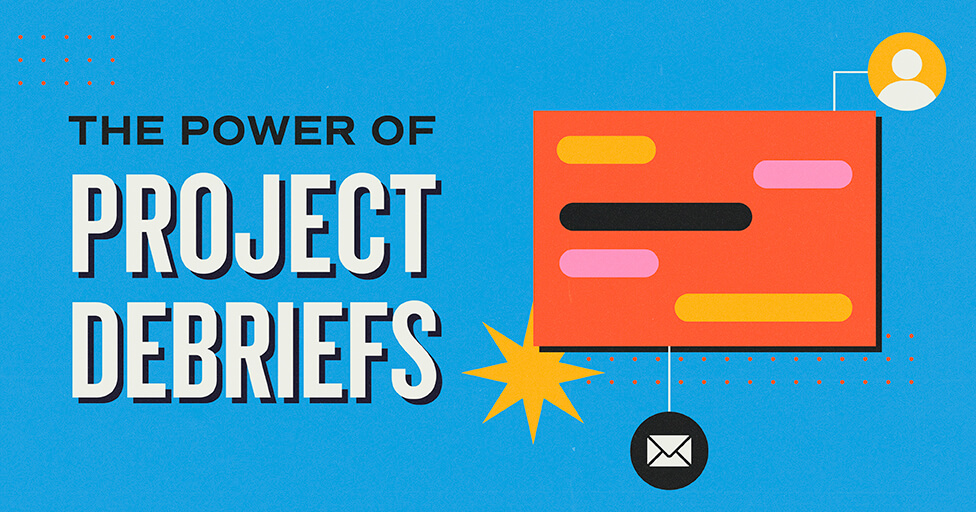
In April, Heineken and Pepsi both released politically charged ads with a theme of unity, but only one of them was successful. Within 24 hours of airing its controversial ad titled “Jump In,” Pepsi had already pulled the ad from the internet and issued an apology following a slew of negative comments. Conversely, Heineken’s new ad “Worlds Apart” has won significant praise for encouraging open-mindedness.
So what went wrong? Why was Pepsi shamed while Heineken was celebrated? Both brands included product in their ads. Both brands represented a political context and thematic message of unity. Yet a few key creative decisions ultimately separated the ads into two polar opposite examples of how to—and how not to—execute a political ad.
#1: The Product
Perhaps the biggest difference between the two ads is how the product is handled. In Pepsi’s ad, the brand is the central character, appearing in nearly every shot. The protestors’ signage and most of the wardrobe are in the brand’s colors. The storyline of the ad even seems to suggest that our differences can be solved by drinking Pepsi.
In Heineken’s ad, the brand is more of a secondary or even tertiary character, not showing up until more than halfway through the ad. And while the premise is uncannily similar to Pepsi’s—the players pull the product from an ice bucket and decide to share a drink—the message is vastly different. Heineken isn’t suggesting that its beer will solve political and social crises; instead, the brand takes a more honest approach by saying that sharing a beer is a catalyst for conversation, conversation being the key to working through our differences.
The net result is that Heineken’s advocacy for social change comes across as authentic, while Pepsi’s main interest seems to be self-promotion.
#2: Social Issues
Pepsi’s ad relies heavily on imagery associated with the Black Lives Matter movement, yet the “movement” in the ad is void of any specific messaging. The protestors carry signage with symbols of peace and vague phrases like “join the movement.” The players are mostly millennials who can be seen laughing, smiling, posing for pictures, and generally behaving as though they’re at a music festival and not marching for social justice. It feels off, almost like Pepsi is taking a bandwagon approach, using counterculture to sell its product rather than trying to enact social change. Many have accused Pepsi of being exploitive and making light of social issues.
On the other hand, Heineken’s ad puts social issues at the forefront, putting politically opposite individuals in a room together and illustrating how, when we can first connect on a human level, we have an easier time accepting a person who is otherwise very different from us. It’s as though Heineken is advertising the key to getting along more so than its product, which is why the ad feels more authentic and honest than Pepsi’s.
#3: People
The people cast in each ad also contribute to the authenticity of the message. Vox pointed out that Pepsi’s decision to cast Kendall Jenner as the lead in the protest backfired by communicating “white women are at the center of the Black Lives Matter movement while women of color stay in the background, documenting everything.” While that might not have been Pepsi’s intention, it was a creative decision that greatly impacted how the ad’s message was perceived.
Heineken’s decision to utilize everyday people in its ad contributed to the authenticity of the message. Just how staged the interactions are is unknown, but watching the transgender woman choose to stay and have a conversation while her partner appears to decide the opposite is momentarily gut-wrenching. Which just goes to show how invested you can become in just two minutes when you’re watching real people.
The key takeaway from these two politically charged ads is that you can’t fake authenticity. When brands decide to participate in social conversations, people will always question whether the act is genuine. It’s important in these scenarios to allow the product to fade into the background while the message takes center stage. Taking a bandwagon approach isn’t a smart idea—brands should get involved in cause marketing only if they truly support the cause. Heineken showed us how to get it right, and Pepsi gave us an example of what can happen when we get it wrong.
Subscribe to our newsletter
Get our insights and perspectives delivered to your inbox.


